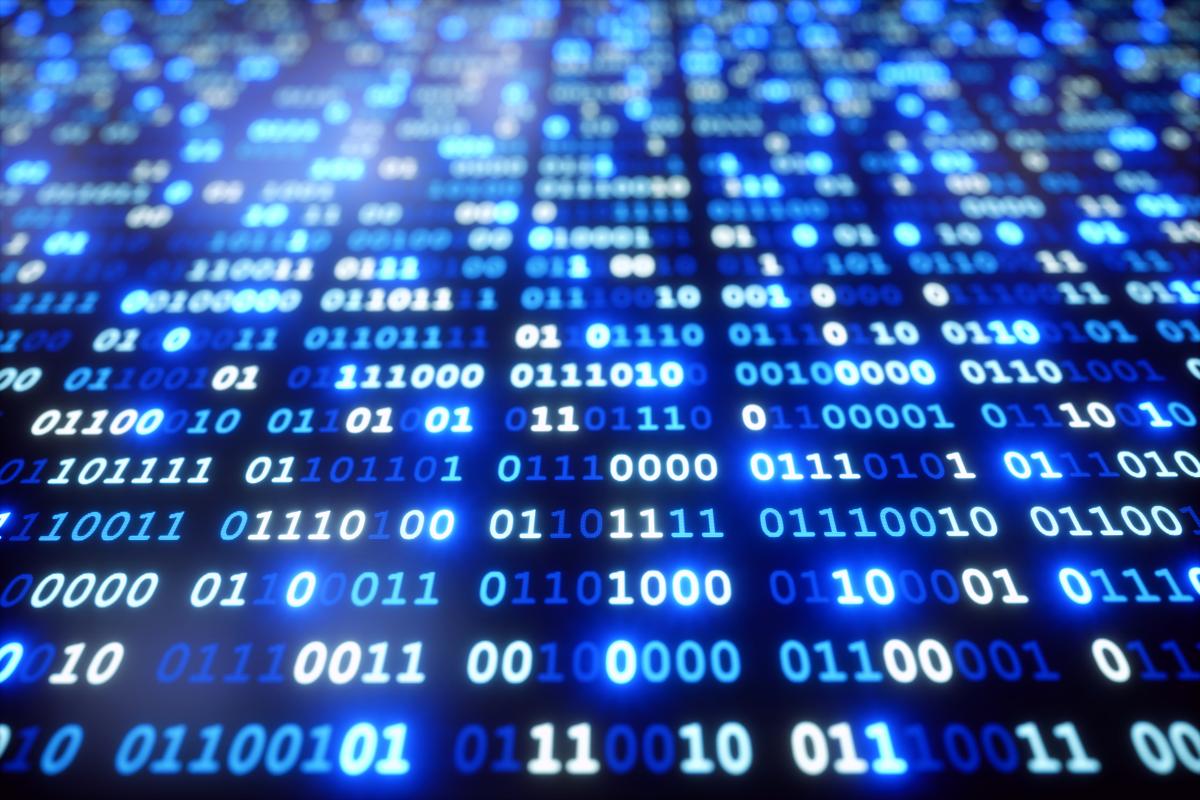

Here is how our conversion looks by steps: Since we end up with the quotient of 0, there’s nothing else to work with and this was our last step. But, since for our algorithm we need a quotient, let’s rewrite the previous expression so that it has a quotient: Since the quotient is equal to 1, there’s only one summand left, so let’s rewrite the previous expression:

Let’s follow this pattern and see what we get. We can continue factoring 2 until the quotient is zero. Let’s rewrite it and also factor out 2 again:

Here, applying the same logic from above we can see that x1is equal to 0. We can write out the polynomial inside the parenthesis as a separate statement: Let’s continue finding out the remaining x’s. It’s also easy to see the sum of the values inside the parenthesis is equal to 6. Since all summands from x1 to xN are multiples of two, we can factor out 2 to single out x1. Next, we need to find the value for the x1. Here we have number 12 which is even, so x0 is zero. Now, using this information we can infer the digit for the x0 - if the integer being converted is even, then x0 is equal to 0, if it’s odd - then x0 must be 1. The first thing we need to notice here is all summands except for the last one will be even numbers, because they all are multiples of two. First, let’s pretend we don’t know how it is represented in the binary and write it out with unknown digits replaced with x:

Converting binary integer to decimalĪs it turns out, we can use this base-q expansion form to convert a number from decimal to binary system. Because of that fact, you’re never going to have 0.1+0.2 = 0.3. Depending on how many bits of precision are available, the floating-point approximations of 0.1 and 0.2 could be slightly less or greater than there corresponding decimal representations, but never equal. In order to store them as a IEEE-754 floating point they have to be rounded to the number of available bits for mantissa - 10 bits for half-precision, 23 bits for single-precision or 52 bits for double-precision. For example, denominators of 0.1 (1 / 10) and 0.2 (1 / 5) are not powers of two, so these numbers can’t be finitely represented in a binary format. Only fractions with a denominator which is a power of two can be finitely represented in a binary form. So, 0.375 in decimal system is represented as 0.011 in binary. Now, let’s just write out the resulting integer part at each step - 0.011. Here is an example of such conversion using the fraction 0.375. Then just write out the integer parts from the results of each multiplication. Continue multiplying by 2 until you get a resulting fractional part equal to zero. To convert fraction to binary, start with the fraction in question and multiply it by 2 keeping notice of the resulting integer and fractional part.


 0 kommentar(er)
0 kommentar(er)
